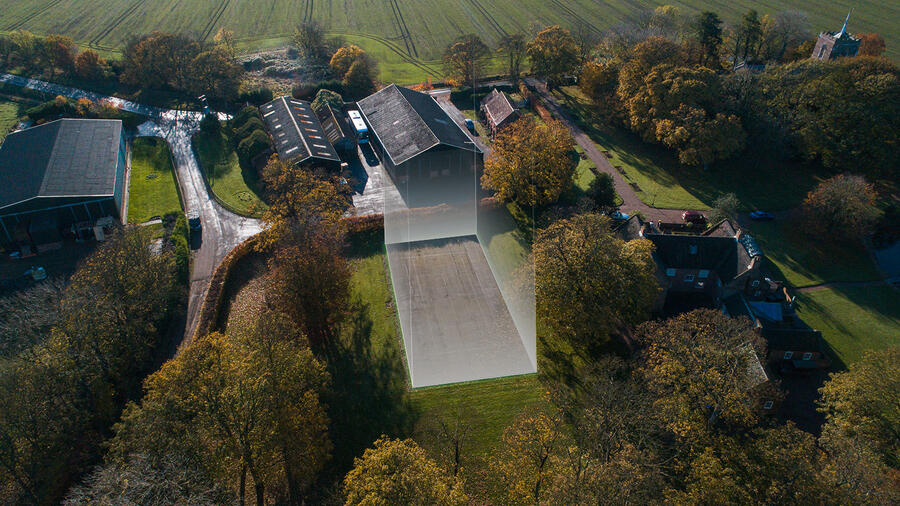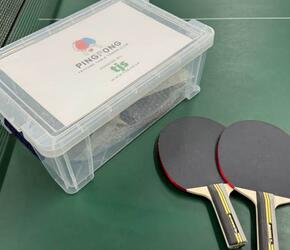
Aerial drone photography and architectural rendering
With ever-evolving technology, the marketing options available to businesses continue to grow. At TJS, our fully licenced, CAA authorised commercial drone operator has worked with many of our clients to carry out aerial surveys and roof inspections. More recently, we have been working collaboratively with architects for the purpose of architectural rendering.
What is rendering in architecture?
Also referred to as architectural illustration or architectural visualisation, rendering is a way of seeing a proposed layout or design as a 3D digital model, compared to a building model. Architectural rendering plots out dimensions and characteristics of a design to produce a quality and accurate representation.
Why do architects use rendering?
Good architectural renderings allow a new build or development to be visualised, with potential clients, buyers and investors able to ‘see’ design features such as floors and windows. A wider view can also be seen which shows exactly how a new build will sit within the existing landscape.
Types of architectural renderings?
There are three types of rendering, each of which adds substance and another layer to the architect’s vision:
Exterior architectural visualisation
As the name implies, this type of rendering has a viewing perspective external to the building and can involve aspects of the existing setting including buildings and greenery. This life-like environment is of particular use to building developers whose potential clients want to picture the building in situ.
Interior architectural rendering
Taken from an internal viewpoint, this type of rendering presents a real-life depiction which can include colour, light, shadow and even interior design and décor.
Aerial view rendering
Aerial rendering is a perspective taken from above, with a wide panorama. It shows where a yet to be constructed building will fit into its surroundings and the dynamic it will have with neighbouring buildings, either complementing them or standing out in contrast to them. A residential or commercial space can be viewed on a larger, wider scale through aerial rendering. A 3D architectural visualisation uses computer graphics to create a birds eye representation of what the site will look like on completion.
The use of aerial drone photography and videography in architectural rendering
Architects, developers and designers are unable to showcase a new building or building development solely from groundlevel. By using aerial drone photography, a large number of high-resolution images can be taken from every angle from up above, allowing every detail to be captured. These can then be overlayed so that the same point on the ground can be seen in several images, from different vantage points. Drones are able to ‘map’ projects in this way, in a fraction of the time it would normally take. Aerial film footage is also used to create the best architectural visualisations as they can add a realism to the model.
Applications for aerial rendering
Aerial rendering has a part to play in any property/building related industry. For estate agents, aerial rendering allows prospective buyers to view an entire plot and gives an accurate idea of the scale of the property within its grounds. For developers, aerial renderings will not only help in identifying available land but can give exact dimensions, allowing architects to draw up detailed plans.
Why use TJS for aerial rendering?
Our drone operator, Adam, has passed all the demanding tests required to become CAA authorised, with full permission for commercial flights and all necessary insurance. You will have the peace of mind that your work will be carried out by an experienced and fully qualified drone pilot, operating strictly within guidelines. All pre-flight risk assessments are carried out by us, along with all required paperwork and Adam will work closely with you to create a list of shots you need, with details of required heights, angles and elevations.
For an informal discussion to see how we can assist you with your aerial rendering, call Richard on 01507 525500.


